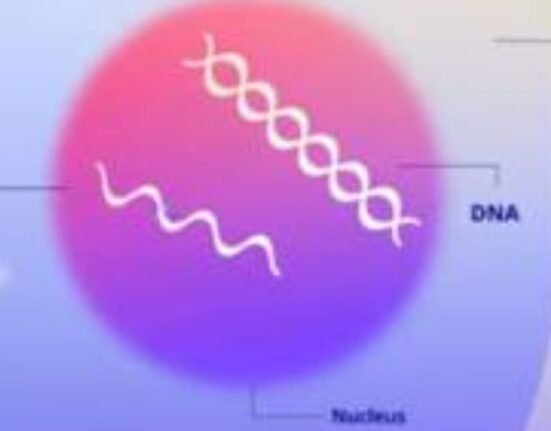HQ Team
June 8, 2023: The COVID-19 virus can fuse the brain cells that may lead to disruption in cell-to-cell communication resulting in ‘brain fog,” and a loss of sense of odors, researchers at the University of Queensland stated.
The study on mice, which was published in Science Advances, explored how viruses alter the functions of the nervous system after the SARS-CoV-2 virus was detected in the brains of people long after their initial infection.
“We discovered COVID-19 causes neurons to undergo a cell fusion process, which has not been seen before,” Professor Massimo Hilliard, a neurologist at the university, said in a statement.
“After neuronal infection with SARS-CoV-2, the spike S protein becomes present in neurons, and once neurons fuse, they don’t die.”
“They either start firing synchronously, or they stop functioning altogether.”
Fluorescent molecule
Prof Hillard and his team first genetically engineered two populations of mouse neurons: One expressed a red fluorescent molecule, and the other a green fluorescent molecule.
If the two fused in a lab dish, they would show up as bright yellow under the microscope. That’s what the researchers saw when they added SARS-CoV-2 to a dish containing both types of cells.
The same fusion happened in human brain organoids, so-called minibrains that are created from stem cells.
The neuronal syncytia seen in the lab dishes and organoids also had some peculiarities that made them stand out from those seen in the lungs. Syncytia are a large cell-like structure formed by the joining together of two or more cells.
When lung cells fused, only the main parts of the cell body connected to each other. Among neurons, in contrast, the fusion happened further away from the cell body, at long, thin extensions known as dendrites and axons, which are critical for cell-cell communication.
Fire at same time
The fusions seemed to disrupt this communication. Neurons typically fire independently, propagating signals throughout the brain. But 90% of the fused neurons fired at the same time, whereas the remaining 10% stayed silent.
This massive amount of synchronous activity “is almost like a seizure,” Hilliard said. Brain fog could result when this delicate communication is disrupted, he said. Hillard’s group has previously shown that inducing neurons to fuse in the nervous system of the worm Caenorhabditis elegans blunted their ability to sense odors.
“These neurons are like Siamese twins, they are joined at the hip,” Adonis Sfera, a psychiatrist associated with Patton State Hospital and Loma Linda University who was not involved with the study told Science Advances.
“Can they function as neurons? Nobody knows that yet. But chances are they have lost some of that function.”
As an analogy, Prof Hilliard likened the role of neurons to that of wires connecting switches to the lights in a kitchen and a bathroom. “Once fusion takes place, each switch either turns on both the kitchen and bathroom lights at the same time, or neither of them,” he said.
Effects after viral infection
“It’s bad news for the two independent circuits.” The discovery offers a potential explanation for persistent neurological effects after a viral infection.
“In the current understanding of what happens when a virus enters the brain, there are two outcomes – either cell death or inflammation,” Dr Martinez-Marmol said.
“But we’ve shown a third possible outcome, which is neuronal fusion.”
Dr Ramon Martinez-Marmol from the Queensland Brain Institute, said numerous viruses cause cell fusion in other tissues, but also infect the nervous system and could be causing the same problem there.
“These viruses include HIV, rabies, Japanese encephalitis, measles, herpes simplex virus and Zika virus,” he said.
“Our research reveals a new mechanism for the neurological events that happen during a viral infection.
“This is potentially a major cause of neurological diseases and clinical symptoms that is still unexplored.”








